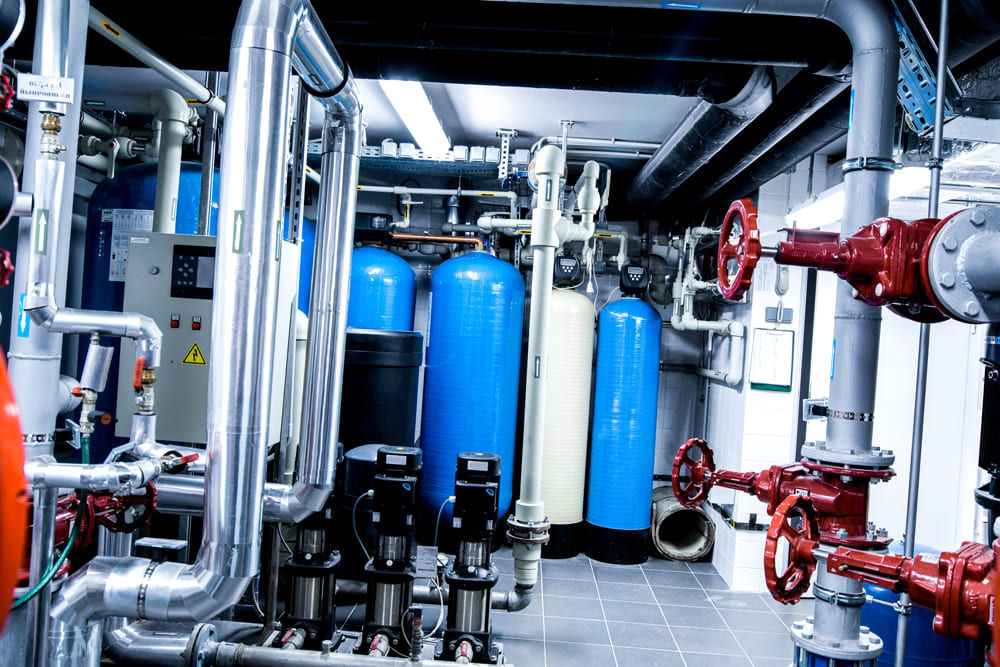
If your job involves working at height, then there’s a greater likelihood that you or a member of your staff could suffer an injury. To stay safe and to comply with the law, you need to know how to properly use different types of working at height equipment.
All working at heights equipment has different levels of risk. We’ve put together a quick guide on equipment for working at height to ensure your equipment is being used safely and in compliance with the law.
Hazards of Working at Heights Equipment
On average, more UK workers are killed from falls from a height than from any other workplace accident. From 2021 to 2022, some 29 people died as a result of falls from a height, according the Health and Safety Executive (HSE)* report Work-Related Fatal Injuries in Great Britain, 2022. This accounts for 24% of all work-related deaths in the UK in a one-year period.
Legal Duties
Due to the risk involved, employers must ensure that working at height tasks are carefully planned, supervised and performed by competent workers. It is also a duty to make certain that the correct equipment for working at height is used safely, under the Work at Height Regulations 2005 (WAHR).
Where equipment is provided, it must also be adequately maintained. This means that it must be subject to regular inspections. Under the Provision and Use of Work Equipment Regulations 1998 (PUWER), WAHR and technical standard EN 365; inspections must occur every 12 months and be conducted by a competent third party. This frequency may be increased if necessary.
In addition, work at height equipment should be subject to pre-use checks by the user, every time it is used.
The Most Common Types of Working at Heights Equipment
Working at heights equipment is defined by the HSE as anything that is ‘specifically designed to allow the user to work safely at height.’ Often referred to as access equipment, there are different types of working at height equipment. The most commonly used equipment for working at height include:
Scaffolding
Scaffolding is most often used on construction sites, for building work, on large painting jobs, or for maintenance or civil engineering work. Scaffolding has guardrails to stop falls from a height, so they are designated as fall prevention equipment.
The most common types of scaffolding are:
- Fixed scaffolding: Fixed scaffolding is used whenever work activities at height must be conducted for long periods. Fixed scaffolds are secured to either the face of a building or to a structure. Fixed scaffolding is made using interconnecting metal pipes with wood or metal flooring. Fixed scaffolding must be carefully constructed and dismantled by workers who are competent to do so.
- Tower scaffolding: Unlike fixed scaffolding, tower scaffolds are pre-made, stand-alone towers that are fully mobile. In most cases, tower scaffolds are not secured to buildings, although this is possible. Tower scaffolding is usually delivered to a work site in parts and constructed on-site. Tower scaffolds have a maximum height restriction of 12 metres.
Mobile Elevated Working Platforms (MEWPs)
Mobile Elevated Working Platforms (MEWPs) are machines powered by fuel or electricity. Able to be used either inside buildings or outside, MEWPs have various load restrictions and height ranges depending on the type of machine and the nature of the task they are to be used for. MEWPs can be mobile or static.
There are two types of MEWPs:
- Vertical MEWPs: Usually referred to as scissor lifts, vertical MEWPs have a basket or platform affixed to a telescopic mast. They can only be manoeuvred up or down vertically.
- Boom MEWPs: These machines have extendable booms with a basket attached to them and are used to access areas that a vertical MEWP would not be able to reach. Boom MEWPs include cherry pickers and telescopic booms.

Ladders and Stepladders
These injuries are common and include injuries to the back, neck, arms, feet and hands, as well as cuts, bruises, sprains and strains. Any injury that affects the bones, joints or muscles is classified as a work-related musculoskeletal disorder (WRMSD). The effects of WRMSDs are not always immediately apparent and may develop over many years. WRMSDs can be short or long-term.
By far the most common type of working at heights equipment are ladders and stepladders. They’re recommended to be used for work that has a low risk and a duration of 30 minutes or less. Made of either wood, fibreglass, or aluminium, ladders and stepladders fall into three distinct categories:
- Class I: Coloured blue and rated for industrial purposes, Class I ladders have a maximum load of 175 kilograms.
- Class EN131: Coloured red and intended for commercial use, Class EN131 ladders have a maximum load of 125 kilograms.
- Class III: These ladders are not colour coded and are for domestic use only. They have a maximum load of 150 kilograms.
Trestles & Staging Equipment
Trestles and staging equipment are often used by builders, painters and decorators. They can be made of wood or steel and usually consist of A-frame style trestles supporting a flat horizontal platform. Trestles can be equipped with guard rails or edge protection to prevent falls. They are only recommended for low-risk work that is of short duration.
Using Working at Heights Equipment Safely
There are considerable risks associated with using all the different types of working at height equipment. Wherever possible it’s preferable to use fall prevention equipment such as scaffolding or MEWPs, rather than ladders or trestles. All equipment for working at height must:
- Be regularly inspected to ensure it’s in good working order, as mentioned
- Be constructed and dismantled by competent workers
- Be placed on even, stable ground
- Be used as intended by the manufacturer
- Not be never overload
- Not be used in high winds or during storms
Extreme care must be taken to avoid tools, materials, or machinery from falling from working at heights equipment.
Workers using equipment for working at height must always:
- Be aware of their footing when working at height
- Enter and exit the equipment safely.
The Importance of Training
Every employer has a legal responsibility to provide a safe work environment for their employees and the general public. This training will greatly reduce the risk of falls from a height and help you to avoid workplace accidents and fatalities.
A working at height course from Human Focus can be completed online at your convenience. This course teaches participants everything they need to know about safely working from heights. Approved by the International Institute of Risk & Safety Management (IIRSM), a Human Focus courses can save your business from the risk of non-compliance and possible disaster!





















































































































































































































































































































































































































































































































































































































































































































































































